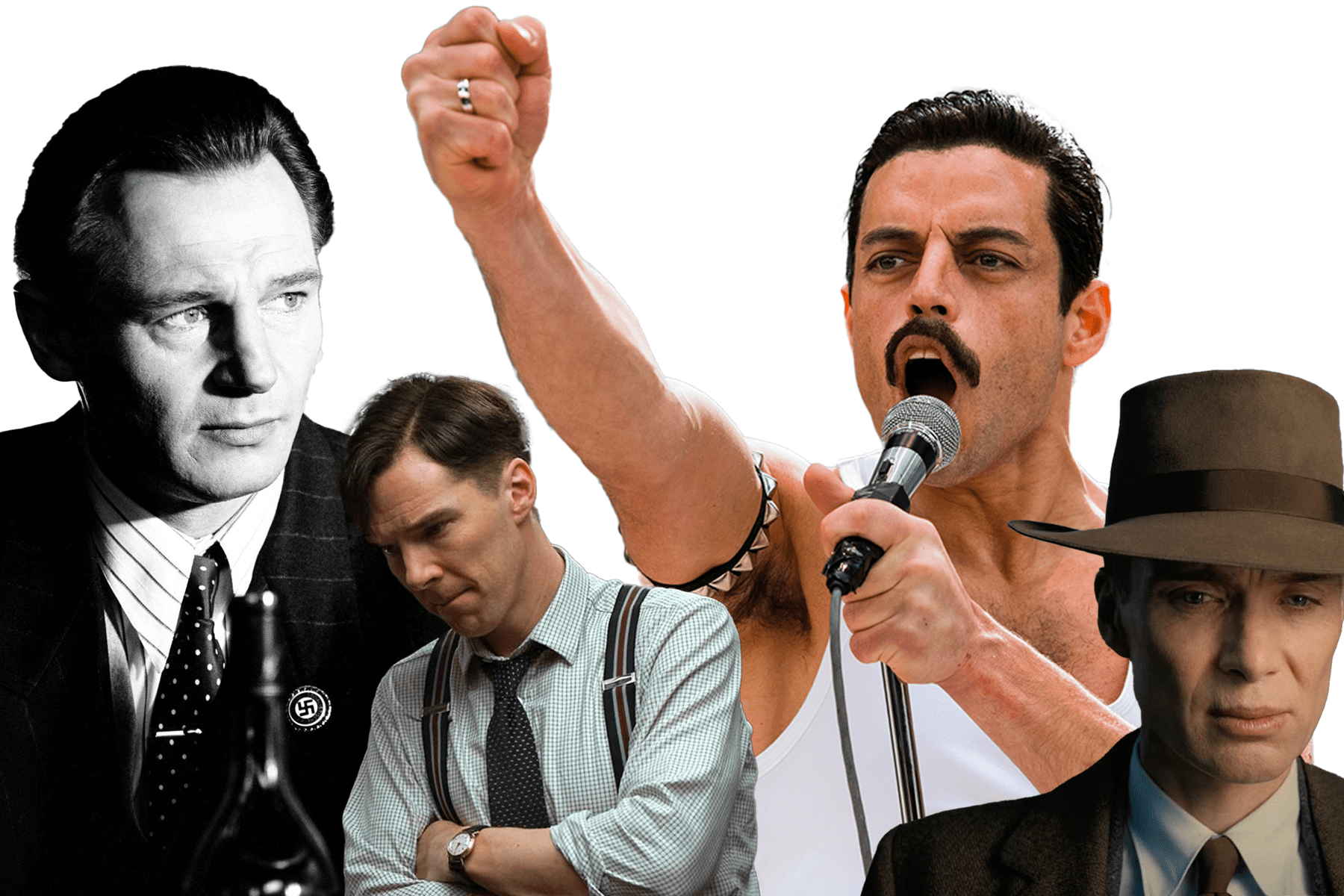With the release of Oppenheimer this year, Hollywood has continued its long tradition of flashy historical biopics. From Schindler’s List to The Imitation Game, movie studios almost exclusively centre historical films around celebrities or other “significant” individuals. Movies are not alone in this, autobiographies and biographies have been the most popular genre of non-fiction books for the past 20 years, however, unlike books, where there are histories of nations or periods, movies that depict collective narratives are few and far between.
The rationale for this trend is easy to understand. Primarily, as critic Adrienne McLean puts it, “Hollywood means movies and movies mean stars.” The starring actor or actress is often the largest pull for audiences. The media around Liam Neeson or Benedict Cumberbatch starring in Schindler’s List and The Imitation Game fulfilled people’s desire for a protagonist they were already invested in before they entered the cinema.
Framing the movie around an individual also makes it easier to create a compelling character arc. History does not have a happy ending but most of these films, by design, do. 12 Years a Slave details the true story of Soloman Northup who escaped the South and became an abolitionist. While a brilliant display of personal resilience, it’s often lost on the audience that most slaves lived out the rest of their lives in bondage.
Placing a spotlight on the trauma and struggle of individuals is not always a bad thing. Traditional histories of Alan Turing and the codebreakers of Bletchley Park were either too cowardly or focused on the war to interrogate his complex struggle with his own sexuality and how he was treated because of it. The modern film delved into his personal life, including his romantic relationships, exposing how a war hero lived like a social outcast.
On the other hand, the trauma depicted in most Hollywood biopics often does what Hollywood does best — fetishize or cover up celebrity trauma. Freddie Mercury’s long battle with cocaine and alcohol was sanitised in Bohemian Rhapsody. Any depiction of illicit substances was removed when the film was released in China. Even in the western version, Freddie’s gay relationships were moralised, and made more palatable for heterosexual audiences. The Marlyn Monroe film Blonde was worse, the fetishisation of her struggles with motherhood combined with framing the plot around her sexual relationships, many fictitious, dragged a vulnerable woman through the mud like a tabloid would. It’s crucial to understand that even if directors admit their biopics are not fully accurate, the biopic itself creates a perception of accuracy — for many viewers these films are the most “complete” view they will see.
There are also larger questions worth asking about how biopics construct history for mass audiences. The “great man theory” of history has long been abandoned in academia, but is very much reinforced by biopics. Arguing that all change in the past is driven by the actions of a select few powerful and privileged individuals, “great man theory” is deterministic and erases narratives that were not seen as important to wider history. Though it is true that Oscar Schindler, a German, saved thousands of Jews from the Nazis, Schindler’s List being the highest grossing and most awarded Holocaust film takes away the agency and deemphasises the struggle of Jews themselves. Perhaps, each individual Holocaust victim and survivor did not change the course of the war, but their own endurance and suffering is just as powerful and deserves to be recorded.
Biopics can improve within an individual-forward framework. For instance, we can tell marginalised stories, correcting a historical record which erases their role. Hidden Figures reconstructed history by elevating the previously unknown female African American codebreakers, highlighting their role in getting America to the moon. Biopics do have the potential to represent heroes from marginalised groups.
Collective historical films might hold even more power. October: Ten Days that Shook the World by Soviet director Sergei Eisenstein is the best example we have of what this looks like. Focusing on the months leading up to and including the October Revolution in 1917, the film could have focused on the actions of Lenin or Kerensky but instead its climactic moments are the proletariat tearing down Tsarist symbols or seizing arms. As a blatant piece of Stalinist propaganda, the politics of the film are abhorrent, but its ability to create passion and tension through mass action is worth emulating.
Films don’t even have to be socialist or revolutionary in nature to achieve this. The adaptation of Steinbeck’s The Grapes of Wrath stars the white working class Joad family as they struggle to live in an America that is growing fast and leaving many behind. The drama and power in the film does not come from a resilient arc of defiance, nor do the characters themselves make any real mark on history. What weighs upon the audience is that their hunger, sleeplessness, and dwindling hope engulfed millions during the depression. The diametric opposite to a biopic, the fact this story could have been told about almost anyone, makes it so essential.
Biographies, in print or on the screen, are a valuable genre. Being able to form connections and empathise with an individual, seeing them struggle with the large and small, and maybe even seeing yourself in their shoes, are often the most powerful moments within books or movies. The current group selected, however, is insufficient and reductive. Historical films that don’t focus on individuals may be harder to make, and traditional Hollywood formulas of stardom may collapse, but what emerges will be liberating.





